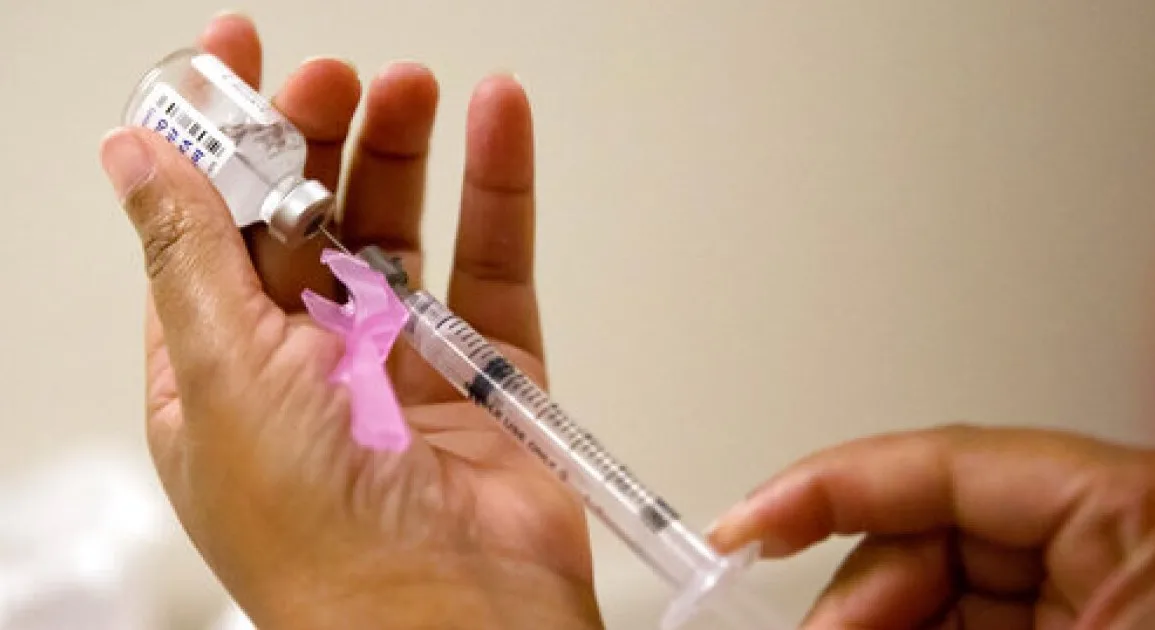Black Americans are more likely to become severely ill from the flu, and a contributing factor to this disparity is a lower vaccination rate compared to whites.
The vaccination rate is far from the only reason why Black Americans bear a disproportionate amount of disease burden for influenza. A host of non-medical factors such as multigenerational households, income and racism all play a huge role. Yet the vaccine is one of the most effective tools to help people remain healthy.
To identify strategies to convince Black Allegheny County residents to get the yearly flu shot, University of Pittsburgh researchers conducted focus groups with residents of predominantly Black communities where at least one in five residents are living at 100% below the Federal Poverty Level.
One approach researchers came away with is to emphasize that when someone is vaccinated against the flu it not only protects their own health, but that of their friends and family. While no vaccine is 100% effective, it will prevent some infections which in turn slows the virus’s spread — this is especially true for younger people, who generally have stronger immune responses to vaccination.
“So [it’s] really building up that social norm normative context,” said Pitt epidemiologist Krissy Moehling Geffel, the study’s lead author. “Do it for your grandmother, do it for your granddaughter, do it for the person next door to you that you can connect with a lot that maybe has an immunocompromising condition.”
A second strategy researchers identified is to provide education about the flu vaccine, including how it works, its ingredients and expected side effects. A common misconception is that the shot might give someone the flu because people often feel fatigue and achy, or have a low-grade fever after an injection. Getting the flu from the vaccine is not possible and feeling mildly ill for a day or two is normal, as the vaccine causes antibodies to form which elicit an immune response.
The final strategy identified is to highlight the racial disparities in disease burden. For example, between 2009 and 2022 the flu hospitalization rate in Black communities was nearly 80% higher than whites, according to a study from the Centers for Disease Control and Prevention. Another study from DePaul University in Chicago looked at data from the 30 largest U.S. cities, it found that the Black mortality rate for influenza and pneumonia was 16% higher than whites.
Local data on these disparities is not easily accessible, said epidemiologist Tiffany Gary-Webb, one of the study’s authors and a founding member of Pittsburgh’s Black Equity Coalition. Highlighting how the flu disproportionately harms Black Allegheny County residents might help increase the community’s vaccination rate.
These findings aren’t surprising to Dr. Margaret Larkins-Pettigrew, the chief clinical diversity, equity and inclusion officer at Allegheny Health Network where she is a practicing OB-GYN. The strategies outlined in the study are frequent discussions she has with patients, especially when it comes to helping people weigh the risks and benefits of a recommendation, like getting vaccinated.
“We’re getting ready to go right into flu season,” said Larkins-Pettigrew. “So this is a time we need to step up.”


